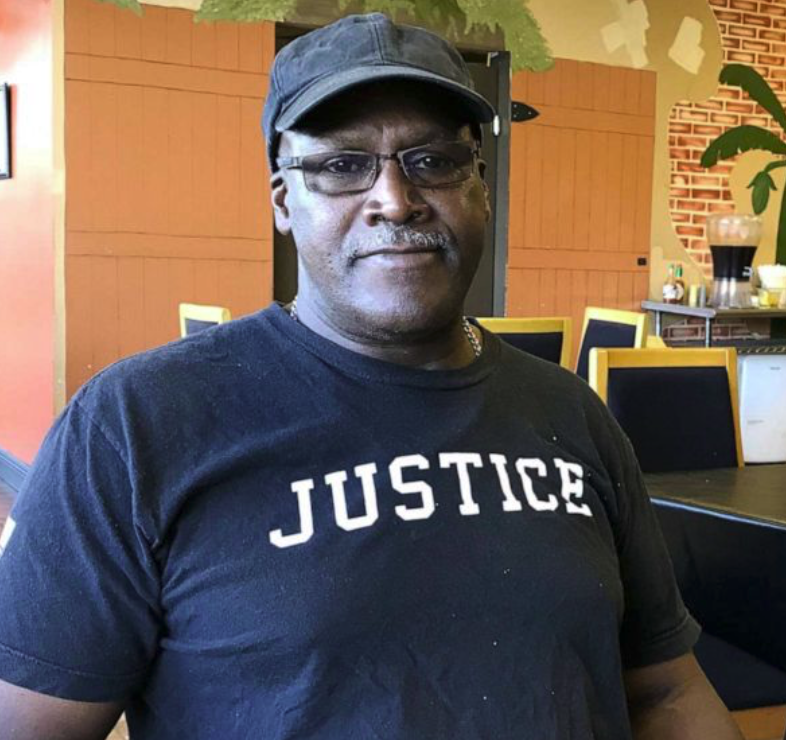 "I Didn't Do It"
"I Didn't Do It"
Some people who are incarcerated continually say they are innocent. “I’m not guilty,” “I didn’t do it,” “The hearing was rigged.” You name it, we’ve heard it.
But would you be surprised to learn that with the few cases the Innocence Project has been able to investigate, 249 people were found to be not guilty, 202 were exonerated by DNA evidence, and collectively, those prisoners spent 3,874 years in prison—each serving an average of 18 years for a crime they never committed?
Over the years, The Innocence Project has found a large number of eyewitness misidentification issues. A victim can get confused, looking at 100s of faces and police, wanting to find the perpetrator, encourages a decision on what can be a frustrating search, leading to mistakes.
False confessions are also common, considering that innocent people with mental issues can actually admit to doing something illegal, especially after intense and prolonged questioning. Then there’s the issue of overworked defense attorneys—handling 30, 40 or more cases at a time, missing filing dates, or failing to challenge weak and questionable evidence brought by the prosecutor. In one city a defense attorney was handling 195 cases at once. In many Innocence Project cases, the defense attorney was at fault for the guilty conviction.
Here’s a big one: Misapplication of forensic science. Over and over again the Innocence Project has found that analysis of things like bite marks, hair comparisons, fingerprints, and bloodstain patterns have been found to be wrong. Forensic science experts have provided misleading testimony that exaggerated the connection between the crime scene evidence and the person of interest, mischaracterized exculpatory results, or downplayed the limitations of the forensic science method they had used. On other occasions, practitioners have simply made mistakes when performing well-supported forensic methods, or they have fabricated results in order to bolster the prosecution’s case against an individual, or they have hidden exculpatory evidence. (People can lie.)
Forensic science is often the one thing that most impresses a judge or jury. But, as you can see, it can also be intentionally exaggerated or mistakenly claimed. If it sends the wrong person to prison, it brings about a truly a horrific result: A man or woman is incarcerated and the true criminal walks the streets free.
In the case of Malcom Alexander (pictured) that is what happened. He spent 38 years in a Louisiana prison for a rape that DNA proves he didn’t commit. The evidence against him was “deeply flawed.” His lawyer, whom he paid, was later disbarred after complaints of neglect and abandonment in connection with dozens of cases. He never called a witness on Alexander’s defense, didn’t make an opening statement, or file an appeal on the verdict that he promised he would file.
Alexander always said he was innocent and continually fought for his release. So…when you hear someone say they “didn’t do it,” keep an open mind. More times than you realize, they are telling you the truth.
Nancy








